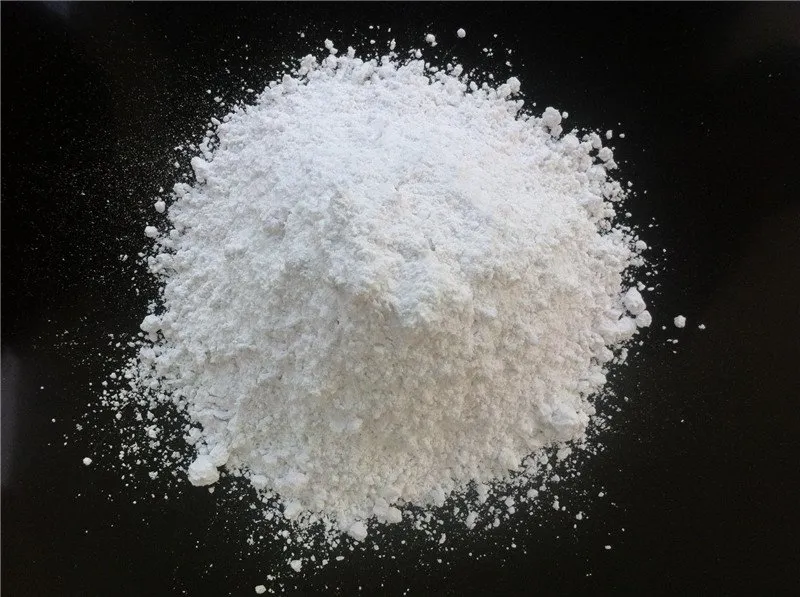For ultrafine calcium carbonate, particle size, specific surface area, crystal form, and oil absorption value are the most important technical indicators, directly affecting its application performance.
Of course, this does not deny the importance of other indicators; it’s just that other indicators are relatively easier to achieve in industrial applications.
However, for specialty applications, different uses prioritize different technical indicators of ultrafine calcium carbonate. The requirements vary and should not be treated the same.
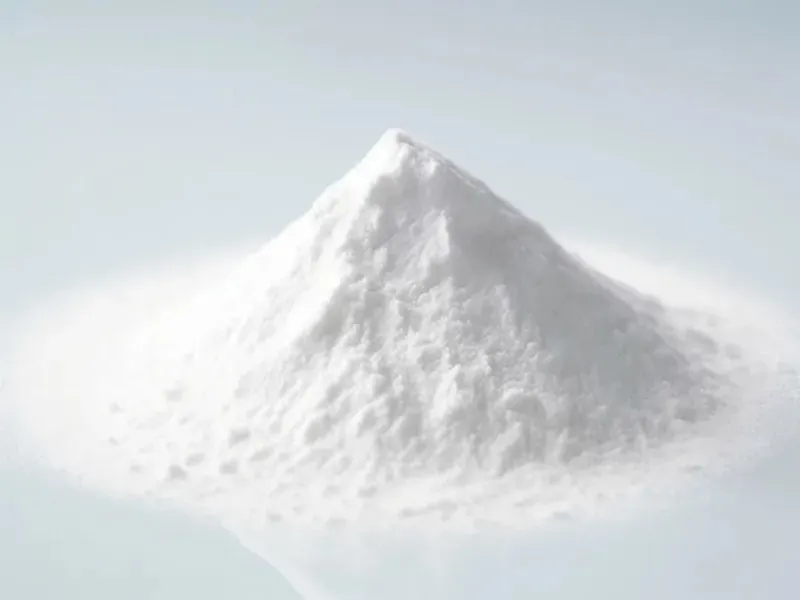
Particle Size and Specific Surface Area
Basic Indicators of calcium carbonate
Achieving a primary particle size of 0.02–0.1 μm is a fundamental indicator of super-fine calcium carbonate. It is essential; otherwise, it cannot be called ultrafine.
Strictly speaking, this only completes half the production task. Poor surface treatment and dispersion cause primary particles to agglomerate.These agglomerated secondary particles can grow into large clusters. Their size can reach several hundred nanometers.
Therefore, transmission electron microscopy (TEM) images only show primary particle size. They do not reflect the actual size of agglomerated secondary particles. This is because sample preparation involves certain technical treatments. Severely agglomerated ultrafine calcium carbonate has a smaller BET-measured specific surface area.
Therefore, TEM observation and specific surface area measurement must be combined. This ensures a scientific and comprehensive assessment. They help evaluate ultrafine calcium carbonate’s fineness, crystal form, and dispersion state.
Intrinsic Connection
The average particle size of ultrafine calcium carbonate is closely related to its specific surface area. Some researchers use sedimentation volume to determine particle size. There are many factors affect calcium carbonate’s sedimentation volume besides particle size. Limestone quality, lime calcination, digestion, and carbonation conditions all influence particle size. Calcium carbonate’s crystal form also affects sedimentation volume. Calcium carbonate has diverse crystal forms with irregular geometric shapes. Even the same crystal form varies in structure. Therefore, crystal form has a complex impact on sedimentation volume. Using sedimentation volume to determine particle size is inaccurate and has large errors.
In order to effectively prevent the agglomeration of secondary particles, super-fine calcium carbonate generally needs surface modification. The surface treatment process not only improves activity but also prevents secondary particle agglomeration.
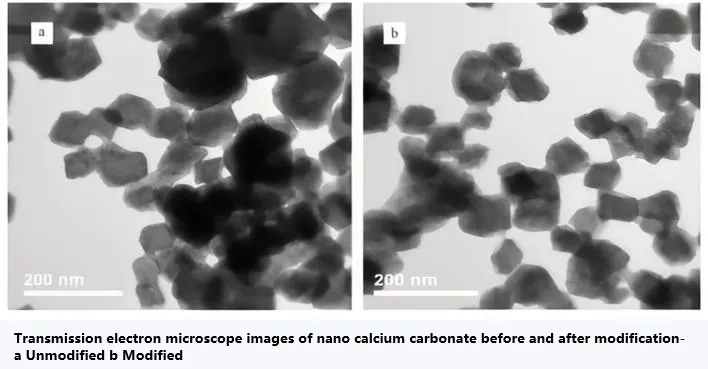
For a specific specialty grade of ultrafine calcium carbonate, in order to better meet user requirements, there are differences in crystal form and particle size.
There is also the selection of surface treatment agents, along with experience and techniques during the treatment process.
Therefore, it is difficult to use a unified standard to measure special varieties of ultrafine calcium carbonate for different purposes.
Crystal Form
For ultrafine calcium carbonate, crystal shape is also a very important technical indicator.
It is well known that ordinary light calcium carbonate has a spindle shape. When used in PVC plastics, it creates high stress, causing plastic films to whiten. super-fine calcium carbonate should have different crystal forms based on its application. For example:
Ultrafine Calcium Carbonate for Plastics
Ultrafine calcium carbonate for plastics requires a simple crystal structure, lower bulk volume, and lower oil absorption. Cubical or spherical shapes are preferable. Ultrafine calcium carbonate with a 0.072 μm particle size enhances PVC plastics. It improves surface smoothness, gloss, and electrical insulation. In soft cable materials, it allows over double the filler amount while meeting national standards. In plastic films, it reduces whitening and increases low-temperature elongation. In rigid plastics like doors, windows, and profiles, it enhances impact resistance. Notched impact strength can reach 49.1 kJ/m².
Ultrafine Calcium Carbonate for Rubber
Chain-like structures provide the best reinforcement. Chain-like ultrafine calcium carbonate forms by aligning several to dozens of crystals. In rubber, it creates a three-dimensional network with excellent dispersion. During mixing, calcium carbonate chains break, forming active surfaces. These active surfaces bond tightly with rubber chains. This significantly enhances its reinforcing effect in rubber. The reinforcement strength in rubber decreases in this order: chain-like, needle-like, spherical, and cubic.
Ultrafine Calcium Carbonate for Ink
Cubic shape is the best, determined by ink properties. In resin-based ink, ultrafine calcium carbonate improves gloss, transparency, and flow. Cubic shape provides the best gloss for ink.
Precipitated Calcium Carbonate for Paper Coating
Generally, it does not belong to the category of ultrafine calcium carbonate. It generally does not fall under ultrafine calcium carbonate. Its particle size is within fine calcium carbonate (0.1–1 μm). However, crystal form is still important. Opacity, high viscosity, whiteness, and ink absorption are key factors. Flake and cubic crystal forms are ideal.
In summary, ultrafine calcium carbonate must have a particle size of 0.02–0.1 μm. Additionally, its crystal form should be selected based on application. This ensures the production of marketable products.
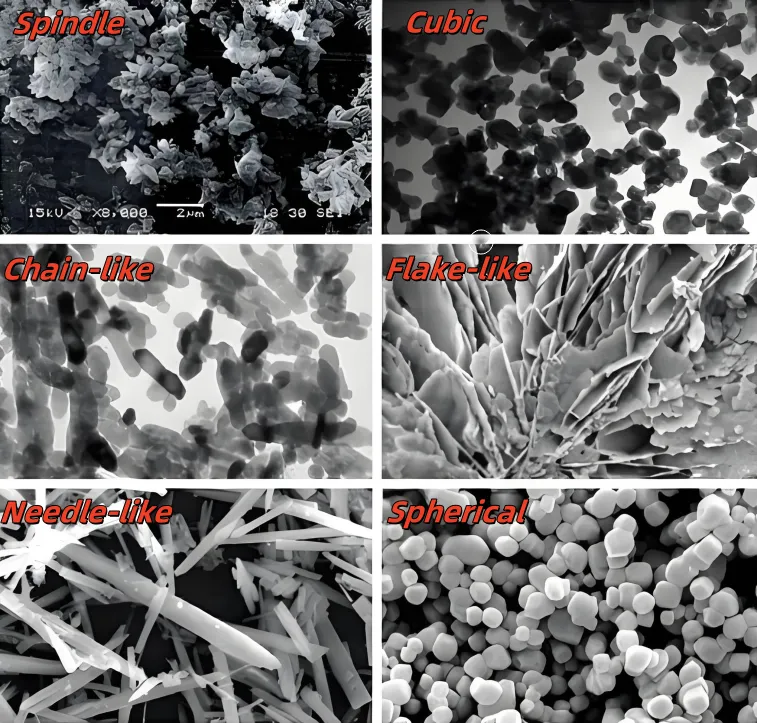
Oil Absorption Value
The oil absorption value of ultrafine calcium carbonate is crucial for its performance. It is especially important in plastics, coatings, and inks. A high oil absorption value increases plasticizer consumption in plastics. In coatings and inks, it raises viscosity. Therefore, the oil absorption value should not be too high.
In addition to its physical properties, many factors affect a powder’s oil absorption value. Among them, particle size is an important factor.
Therefore, for super-fine calcium carbonate, the first consideration is particle size and dispersion. It is important to achieve a specific surface area corresponding to the particle size. Then, focus on reducing the oil absorption value. Only then does it have practical significance. If dispersion is poor and secondary particles agglomerate, the specific surface area is small. In this case, even with a low oil absorption value, it has no practical application.
Main Content
The main content of super-fine calcium carbonate (calcium oxide) should not be overly restricted within a certain range. In most cases, ultrafine calcium carbonate serves as a functional filler. It primarily affects the physical properties of the filled material, not its chemical properties. The main content within a certain range can meet the physical performance requirements.
During super-fine calcium carbonate preparation, various additives are used to achieve desired properties. These include crystal shape control agents, dispersants, and surface treatment agents. They help meet the needs of plastics, rubber, and inks. These intentionally added “impurities” generally do not affect performance. In some cases, they even improve application properties. However, these additives inevitably impact the main content (calcium oxide).
Harmful elements like iron and manganese must be strictly controlled. They may come from raw materials or the preparation process. These impurities affect product color and accelerate resin degradation. They also speed up resin aging and must be avoided. Impurities like silicon, aluminum, and magnesium reduce whiteness. They also negatively impact processing operations. Limestone raw materials must be carefully selected and controlled.
Therefore, the main content of super-fine calcium carbonate(calcium oxide) should not be overly restricted within a reasonable range. Excessive limitations may hinder the development of specialized products.
In summary, the key development directions for ultrafine calcium carbonate are specialization, diversification, and functionality. Simply producing ultrafine calcium carbonate with a 0.02–0.1 μm particle size is not enough. Ignoring crystal form, dispersion, and activation makes it unsuitable for all applications. Different industries require specific properties such as particle size, crystal shape, surface area, and oil absorption. Tailoring these factors ensures better compatibility with various industries and users. Therefore, applying a single standard to all ultrafine calcium carbonate products is impractical.
EPIC POWDER
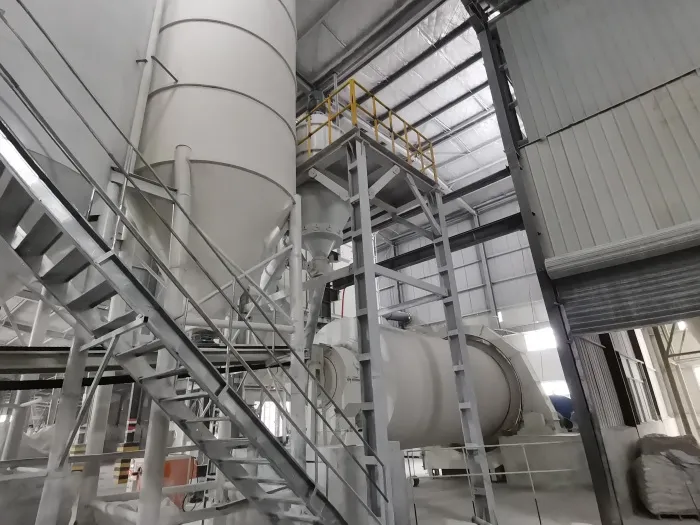
Epic Powder, 20+ years of work experience in the ultrafine powder industry. Actively promote the future development of ultra-fine powder, focusing on crushing,grinding,classifying and modification process of ultra-fine powder. Contact us for a free consultation and customized solutions! Our expert team is dedicated to providing high-quality products and services to maximize the value of your powder processing. Epic Powder—Your Trusted Powder Processing Expert !
